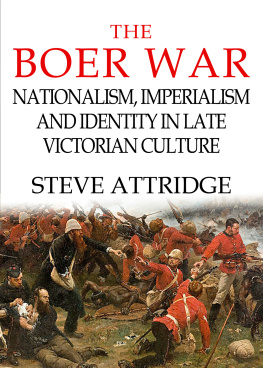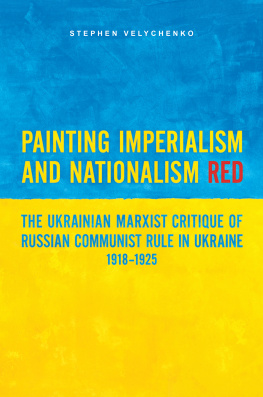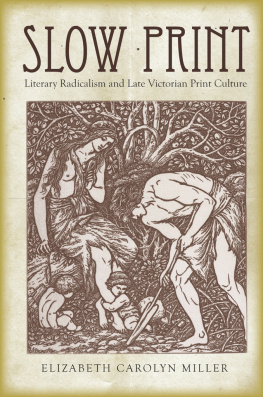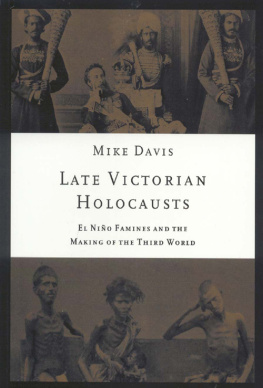The Boer War
Nationalism, Imperialism and Identity in Late Victorian Culture
Steve Attridge
Copyright Steve Attridge 2003
The right of Steve Attridge to be identified as the author of this work has been asserted by him in accordance with the Copyright, Designs and Patents Act, 1988.
First published in the United Kingdom in 2003 by Palgrave Macmillan.
This edition published in 2018 by Endeavour Media Ltd.
For my parents and my son Jake
Table of Contents
Preface
This book offers an account of the re-fashioning of ideas about national character in late Victorian culture, with a wide reference to literature and popular culture around the time of the Boer War (1899-1902), and a particular scrutiny of images of the soldier. In specific images, narratives and motifs, the book highlights dynamic tensions between the external boundaries of empire and those of civil society, and between class antagonisms and national projections. I show how the trauma of the Boer War for British political culture may be explored in changing representations of the soldier. These changes cannot be theorized adequately in terms of an intensification of patriotism, the development of nationalism or the crisis of imperialism. A pervasive approach, often drawing on the work of Edward Said, has as its central premise that imperial polity imposes a discourse of domination on its recalcitrant Other. This approach will be found to lack the conceptual nuances needed to address the different forms of representation examined in the book, and observes that the idea of discourse theory to explain all forms and ideas is a brittle orthodoxy that asserts without detailed explanation. These different forms represent a range of responses to the repercussion of the war on the relation between the external boundaries of Empire and the shifting internal boundaries between state and civil society, civilian and military identities, class antagonisms and national projections. Changes in the image of the soldier bear the irresistible politicization as well as the burdens of the attempted pacification of those related internal and external boundaries. New sources and materials are introduced here.
I would like to thank Professor John Stokes and Professor Fred Inglis for their patience and constructive criticisms, and for their friendship.
Steve Attridge
Introduction
For England, the Boer War (1899-1902) was a pendulum that swung not only between centuries, but between national assurance and introspection, between Victorian certainties and the doubts and vicissitudes of modernity, between a national character that knew exactly who it was and one which was confused. Even the War Office took up arms against itself. The Africans versus the Indians, so named because of their military backgrounds, was a vituperative arid often underhand war itself. The Africans comprised Garnet Wolseley, Commander-in-Chief Major-General Sir John Ardagh, General Sir Redvers Buller; the Indians included Lord Roberts, Major-General Sir Penn Symons and Lieutenant-General Sir George White. Wolseley wanted army reform but met with resistance from an administrative machinery locked in a time warp. Where was the problem? For nearly fifty years Britain had waged war on a shoestring, bullets against spears, soldiers against mostly disunited African and Indian tribesmen. The stuff of legend was satisfied in occasional heroic sieges, as in the battle of Rorkes Drift, but always the main British Army would arrive to slaughter the enemy.
Little strategic thinking was needed, so when the Boer War began on 11 October 1899, it was assumed by everyone (except Buller) that it would be business as usual. Send in an advanced force that would do whatever heroics were necessary, then the main body of troops would arrive, steamroller any Boer resistance, and everyone could come home. It would be short but not too troublesome. The Secretary of State for War, the Marquis of Lansdowne, sided with the Indians. Parliament gave no coherent lead: So far as British politicians were concerned, it might be said that the greater the inefficiency of the army (except on military parades and annual military tournaments) the greater the contentment. Poor sister to the navy, the army was short on supplies, artillery, manpower and ideas. It was a small-war army that had no idea it was about to embark on a big war.
When war began, with the Orange Free State joining the Transvaal against the British, the Boers had field artillery, thousands of rapid-fire Mauser rifles, and Long Tom cannons. The veld was home; they knew the terrain well, of course, which Sir George White (an Indian) definitely did not when he led the initial force of 15,000 men. He ignored Bullers advice, to entrench forces and not venture too far into Northern Natal, and was caught out by a Boer invasion.
At first the Boers had considerable success. British forces were sealed off and besieged in Mafeking and Ladysmith. A British expectation that set-piece battles would determine the outcome was wholly misplaced. The Boers simply didnt fight like that. Kitchener thought it outrageous when he arrived. Why wouldnt they stand still and allow themselves to be shot, like poorly armed tribesmen?
The Boers are not like the Sudanese who stood up to a fair fight. They are always running away on their little ponies...there are a good many foreigners among the Boers but they are easily shot as they do not slink about like the Boers themselves .
Clearly, tactical withdrawals and aggressive defence were ideas wholly alien to the British military mind. The trench became a new weapon. The Boers dug in, either literally or by using the terrain, and tempted the British into the open. Mounted infantry conducted quick attacks and counter-attacks. The British forces were slow and cumbersome. Officers needed wagons for their champagne, regimental uniforms, portable baths, well-stocked kitchens, gramophones and occasionally, pianos. Consequently they could never travel far from a railway line. The Boers knew this from the outset and began train and line wrecking to cut off supplies.
The structure of Thomas Pakenhams seminal book, The Boer War , itself suggests the main phases of the war: Part 2 is called Bullers Reverse, Part 3 is Robertss Advance, and Part 4 Kitcheners Peace, though each title I take to be ambiguous. Buller is not, Pakenham argues, the hapless figure many thought him to he, Robertss advance was often a counterproductive steamrollering, and Kitcheners peace extended the scorched earth policy of burning houses and farms, and dumping civilians in concentration camps.
The war is a story of reversals, miscalculations, pyrrhic victories and betrayals mostly of the British by the British. The best generals of the war were exclusively Boer: De Wet, De La Rey, Botha and Smuts himself perhaps. The storming of Spion Kop had echoes of the Charge of the Light Brigade during the Crimean War; the reversals at Colenso, the death rate from disease, all contributed to what some, such as Wolseley, knew the British army was a dinosaur and the world had changed. A culture of blame festered through the upper echelons of the army. Roberts starved Buller of troops when he needed them in Natal, then had him sacked and made the whipping boy for military failures.
The Boers never had more than 40,000 men in the field. The British numbered 450,000 at the height of the war; 7,792 British were killed in action and 13,250 from disease. The Boers lost 6,000 men, while 26,370 women and children died in concentration camps. The official figure of 14,154 blacks dying in camps is now known to be wrong. It was over 20,000 they were incarcerated because the British feared they might help the Boers and because a cheap labour force would be needed once the gold mines in Witwatersrand were reopened. Such was Africa at the turn of the century.










